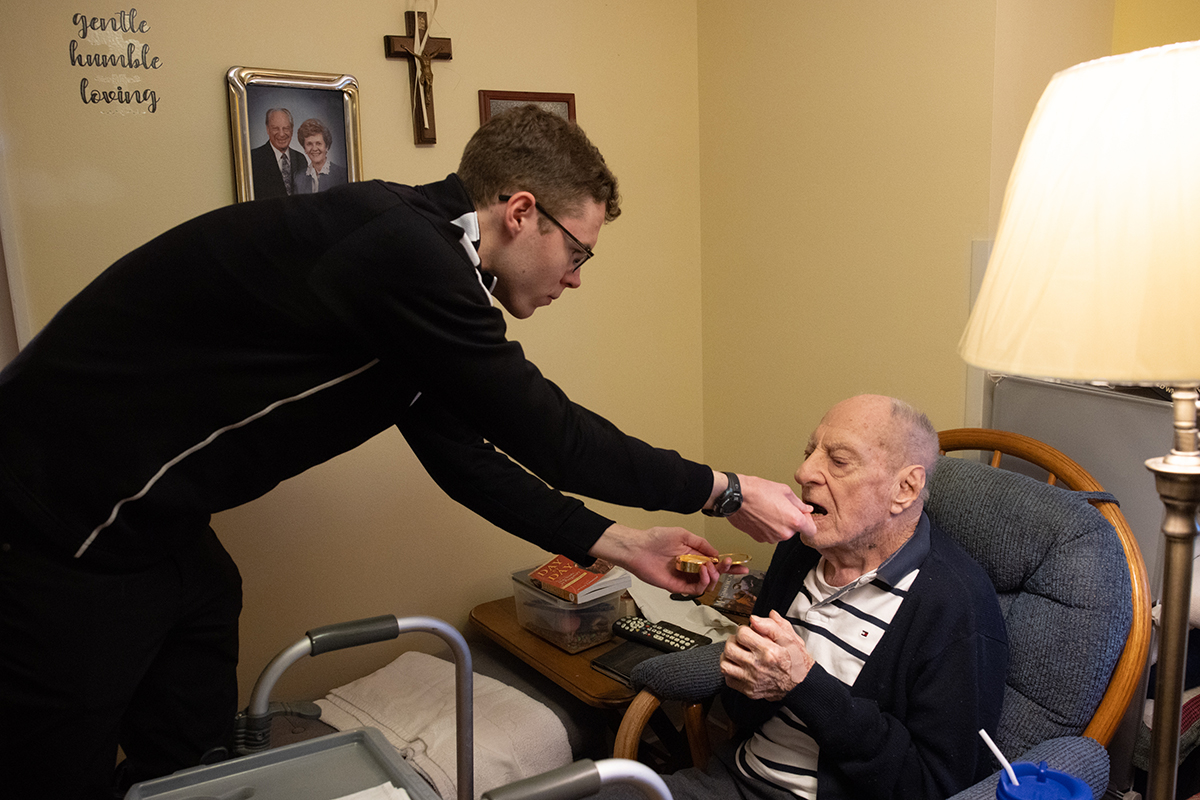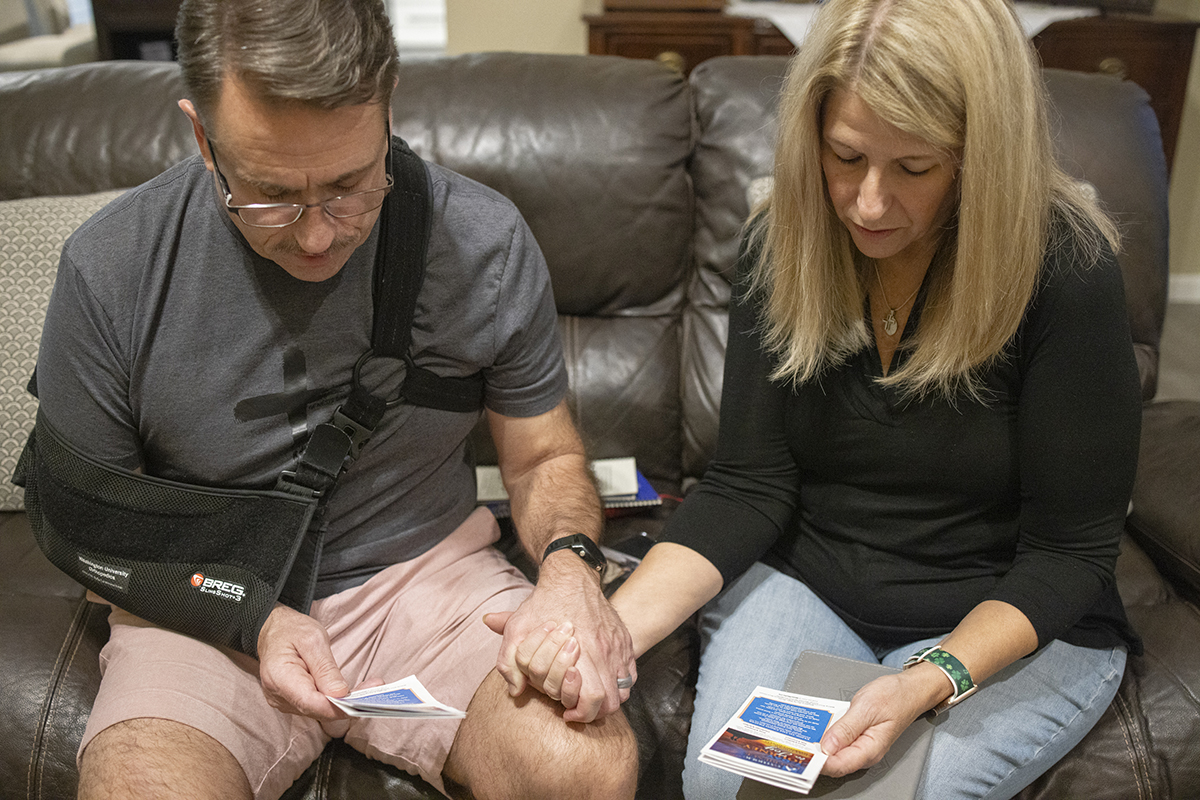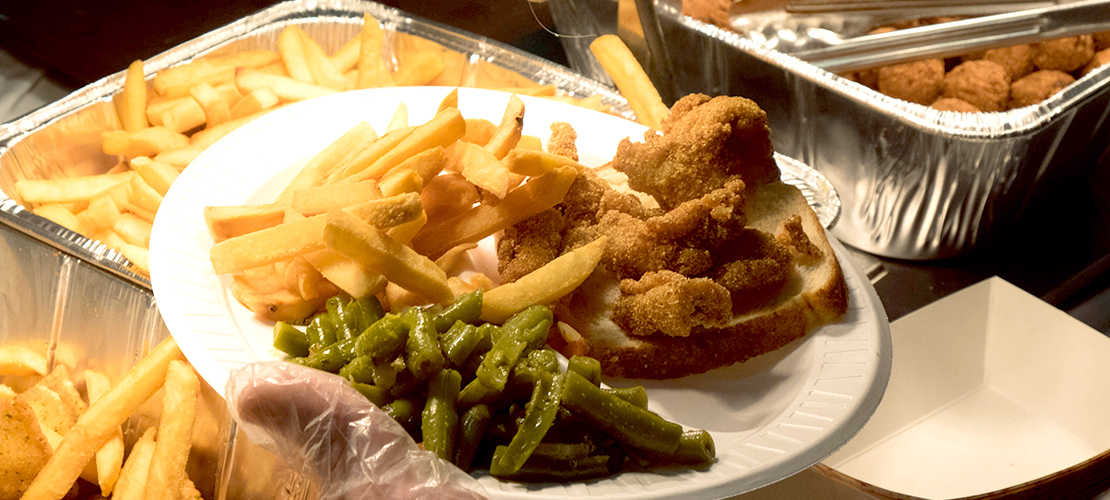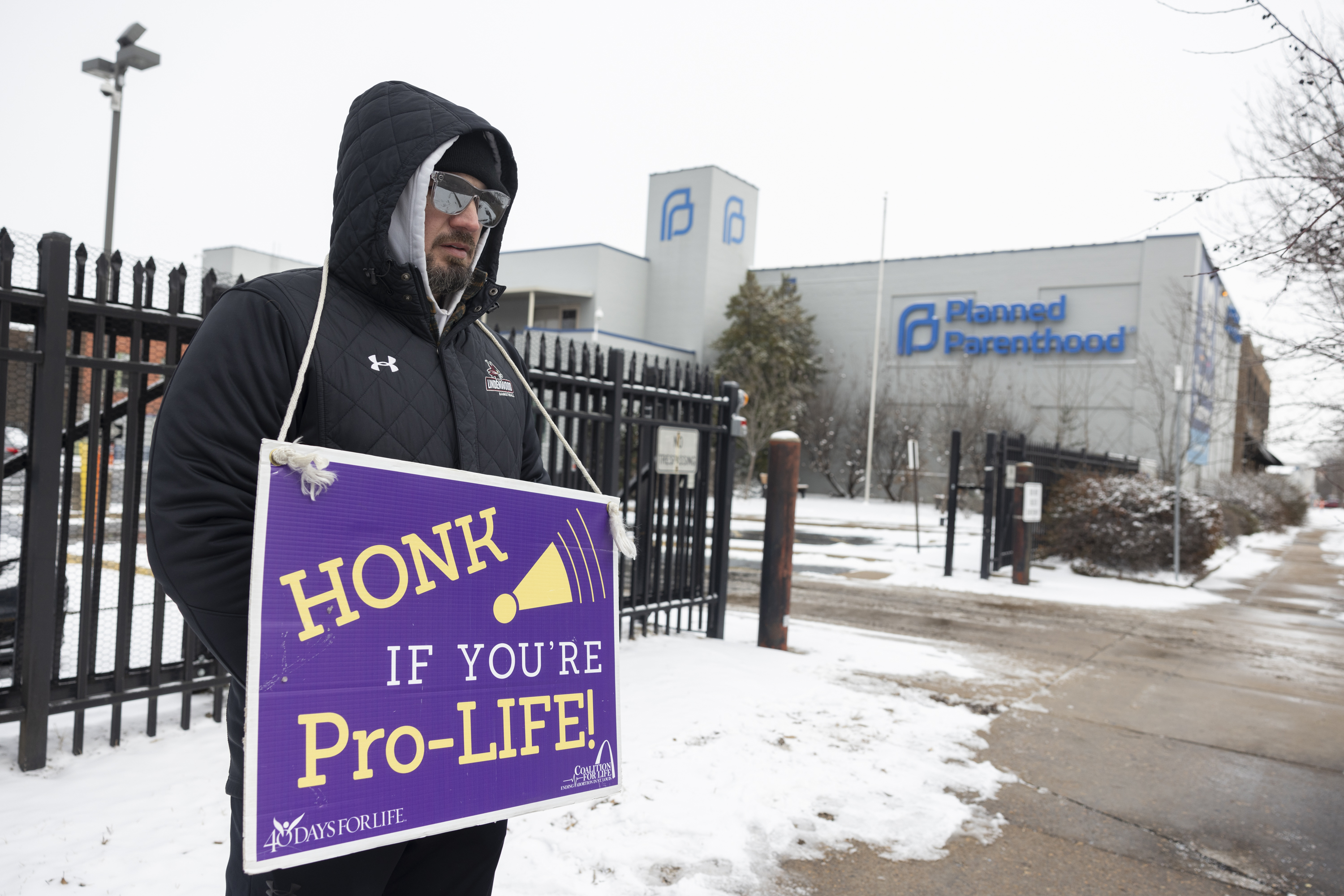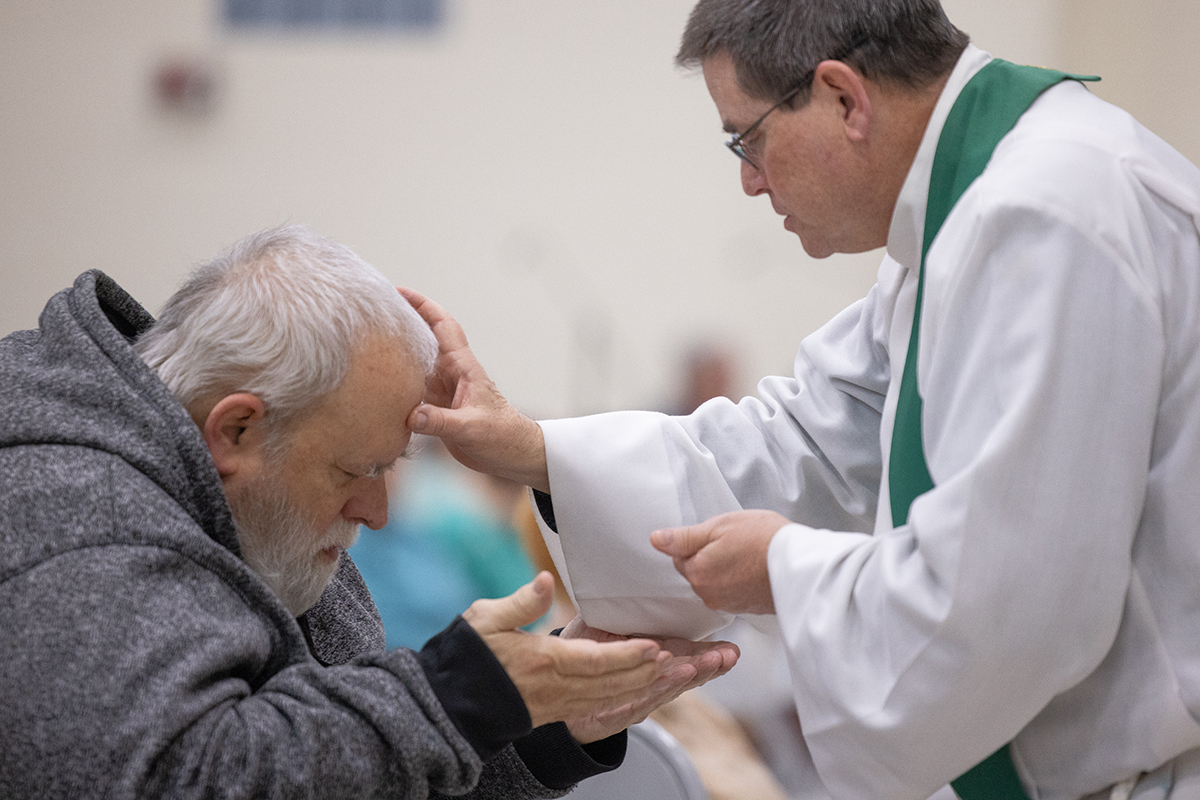Catholic agencies poised to help those affected by government shutdown
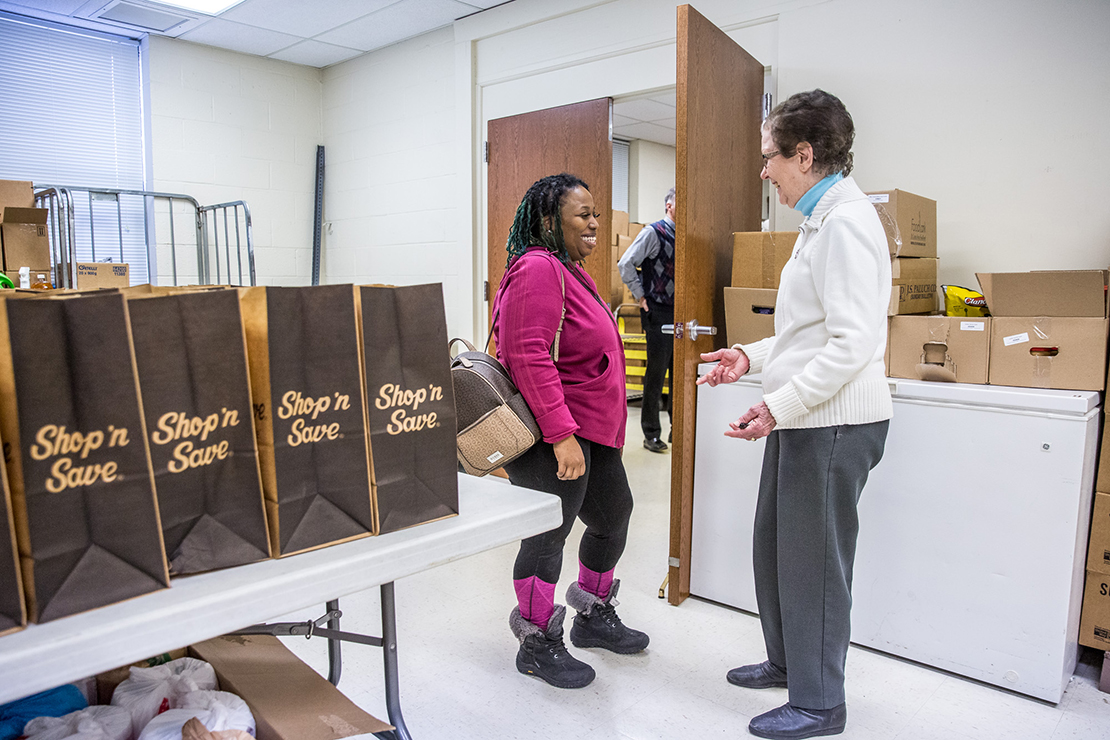
SNAP recipients, federal employees among those affected
Shazell got her food stamps early, but at this point they’re almost gone.
Because of the partial government shutdown and a technical deadline, she received her February SNAP (Supplemental Nutrition Assistance Program) benefits several weeks early in January. That means Shazell, who did not want to use her last name, would have to stretch her benefits over a longer period of time.
Every day counts for the mother of four, who noted that her children also rely on meals at school under the free and reduced school meals program. With two days off of school recently because of cold weather, it begins to add up, she said.
“I haven’t really thought about what we’re going to do for the rest of the month,” she said.
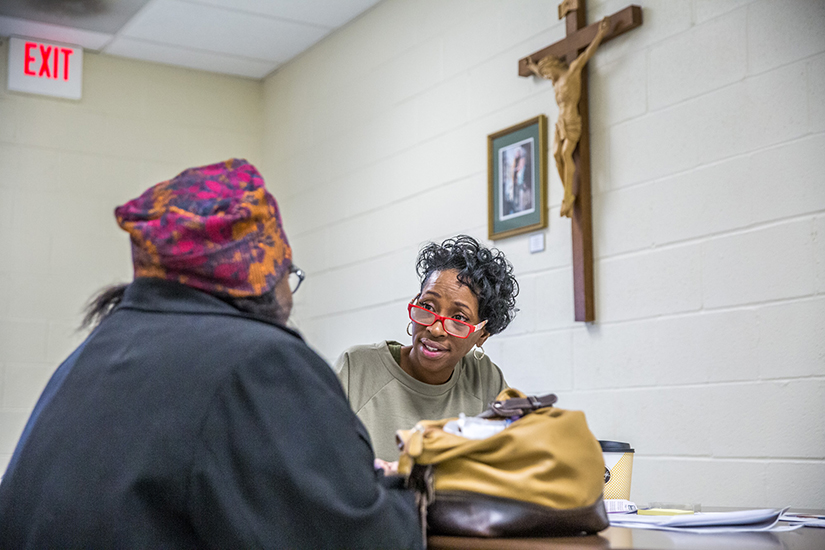
While the government shutdown — the longest in U.S. history — has been temporarily resolved in time for full SNAP benefits to resume in March, the lingering effects are still being felt. Many federal employees who have been furloughed have felt a financial pinch. Others who participate in the Section 8 housing voucher program also have experienced delays.
Catholic organizations in the Archdiocese of St. Louis that provide social services have seen firsthand how their clients have been affected. Another potential shutdown looms in mid-February (President Donald Trump signed a measure to reopen the government for three weeks, funding it until Feb. 15.)
Some SNAP recipients have experienced a lengthy delay in monthly benefits. About 15 million households could expect a gap between their monthly SNAP payments of more than 40 days, according to the Center on Budget and Policy Priorities. More than 4 million low-income households could experience a gap of more than 50 days.
The shutdown has created confusion and uncertainty, said Deacon John Heithaus, director of Vincentian services with the Society of St. Vincent de Paul of St. Louis. “The people who are living on the edge, who are living day to day, those implications can be big,” he said. “There will never be enough advance notice for them to adjust to it. Uncertainty must be one of the greatest sorrows that they carry. It’s an uncertainty about what they’ll do tomorrow. And when you have limited resources, the uncertainty is a big deal.”
One of the society’s biggest concerns is getting the word out about its services, especially among those who are government employees and have never had to look for help before. Conferences have been asked to share information in parish bulletins and face to face with people they believe might need some extra assistance.
“They don’t know where to go or who to ask,” Deacon Heithaus said. “And quite frankly, in some cases (they’re) probably embarrassed to ask for help. One of the dangers to that is they don’t ask for help until the last minute — until their house is in foreclosure.”
St. Vincent de Paul conferences also are helping to fill the gaps, giving out extra food or assistance with utilities where needed. The society also has been talking with conferences about preparing for the possibility that a shutdown will resume in mid-February.
Sometimes, it’s just making clients — called neighbors — aware of what is available. Shazell, who was visiting the conference at Holy Name of Jesus Parish in Bellefontaine Neighbors for utility assistance, said she wasn’t aware that there was a food pantry there, too. Vincentian volunteer Annette Bligh invited her to come back the following weekend for some help with food.
Catholic Charities of St. Louis has looked at its resources to determine where they can be shifted to better assist clients in the case of a disruption, said Tyrone Ford, director of service integration. Pathways to Progress case managers have shared information with clients, including a list of food pantries and information on spreading out SNAP benefits. Additional help with transportation — including bus passes and cab vouchers — also has been provided to clients.
Pathways to Progress provides wrap-around case management and support services for several years, eventually leading clients toward stability and long-term economic independence.
While Catholic Charities didn’t see quite the impact that was anticipated from the shutdown, “we could be back to where we were in a few weeks,” said Ford. “We’re staying on high alert to make sure we’re available to clients and addressing their needs.”
>> How to help or receive help
St. Vincent de Paul: Contact your parish conference to learn about specific needs. Or visit the Archdiocesan Council of St. Louis at svdpstlouis.org to learn how to donate or volunteer.
Catholic Charities of St. Louis: To donate or learn how to get involved with Catholic Charities, visit www.ccstl.org.
Tell others: Do you know of a federal employee who needs help? Or someone receiving SNAP benefits? Refer them to organizations such as Catholic Charities or St. Vincent de Paul for assistance. To learn more about the status of SNAP benefits, visit the Missouri Department of Social Services at www.dss.mo.gov.
SNAP in Missouri
• SNAP, called the Food Stamp Program in Missouri, helps one in 12 workers in Missouri put food on the table.
• Roughly 242,300 Missourian workers live in households that participated in the Food Stamp Program last year, according to Census data.
• The program helps workers who earn low wages, have unpredictable work schedules and who are in between jobs or do not have paid sick leave or other benefits.
• The majority of workers (78,000) who participate in the Food Stamp Program in Missouri are service workers, including cooks and home health care aides. Other workers are employed in areas including sales, office and administrative support, teacher assistants, transportation and material movers, production staff and construction laborers.
Source: Center on Budget and Policy Priorities
Shazell got her food stamps early, but at this point they’re almost gone. Because of the partial government shutdown and a technical deadline, she received her February SNAP (Supplemental Nutrition … Catholic agencies poised to help those affected by government shutdown
Subscribe to Read All St. Louis Review Stories
All readers receive 5 stories to read free per month. After that, readers will need to be logged in.
If you are currently receive the St. Louis Review at your home or office, please send your name and address (and subscriber id if you know it) to subscriptions@stlouisreview.com to get your login information.
If you are not currently a subscriber to the St. Louis Review, please contact subscriptions@stlouisreview.com for information on how to subscribe.

